About
Richard Serra
Richard Serra, born in 1939 in San Francisco, California, is a minimalist sculptor, known worldwide for his large-scale steel work installations. Serra has now been married to Clara Weyergrat for almost 40 years. He was raised by his mother Gladys and his father Tony, he is the second of their three sons. Though he was raised without much money Serra describes his childhood by saying “I grew up poor but the atmosphere was rich.” The artist has been described as cerebral, austere and as steely and uncompromising as his work. Throughout his career, Serra earned many degrees from highly esteemed colleges, as well as in 1993 being elected to be a fellow of the American Academy of Art and Science. By working in steel mills, Serra was able to put himself through school from 1957-1961 at Berkeley, California and at the University of California, Santa Barbara. There he earned a BA in English literature. His second round of schooling was done from 1961-1964 at Yale, Connecticut, where he studied painting and received a BFT as well as an MFA. Later in his life, in 1994, Richard Serra was awarded an Honorary Doctor of Fine Arts from the California College of Arts, Oakland.
The Creation of
Wright’s Triangle
The construction of Wright’s Triangle began in 1976 and concluded in 1980. This time period was very influential for not only Richard Serra and his work but for those who viewed his art as well. The cultural, social, and political issues shaped the perceptions of many and provided a voice and expression of justice for those in the art community. However, Wright’s Triangle itself was originally intended specifically for the campus of Western Washington University and those who walked within. It was a means of inspiring and reassuring the students throughout their journey towards education and their challenges of life. Like many other sculptures that Serra has done, the placement and position of Wright’s Triangle was designed for the environment surrounding it and sits perfectly in the middle of three intersecting pathways on Western’s campus. Confronting those from every angle, this piece is intended to be unavoidable and force the viewer to interact with the artwork by either going through or around it. This physical and visual relationship with the piece creates a sense of choice, providing the viewer with the task of questioning themselves and the things they must confront both physically and mentally.
The Meaning of
Wright’s Triangle
The importance of self-awareness as well as a fine-tuned perception of the world around us is paramount, especially for young adults. As developing individuals, academic success plays an important role, and with a university like Western, awareness of political and environmental events is a vastly important aspect of the Western lifestyle. When Wright’s Triangle was first constructed onto campus, it was a pivotal moment in history. With social, political, and environmental concerns at the forefront, this sculpture reminds us that being conscious and attentive of these issues is a crucial element in our development. If we are not connected with the world and the events circulating around us, we are not making our impact. Without involvement, there can be no change. And with a world that is constantly changing and evolving Richard Serra is reminding us to keep our eyes open. To view the world around us and speculate everything; debate everything. Test yourself and your beliefs. Through art, we are forced to test our perception. And Richard Serra’s Wright’s Triangle forces that manner of thinking upon the students of Western. You shouldn’t ignore the structure, and Serra guarantees that you don’t. With its immense size and confrontational meaning, it is no wonder why the university constructed such a climactic piece in the heart of campus.
On Campus
Reaction
“This sculpture is pretty conspicuous. It’s viewed by every student walking through Western and is impossible to miss.”
“It’s interesting to see it at night. The lighting from the ground on the inside gives it a sort of glow that can be seen from the entrances to the triangle. The construct itself is rigid, but at night the glow of the lights seems to soften it.”
“There are many sculptures on our campus. But this one stands out more than the others. Every time you walk across campus you see it. You can’t miss it.”
“At first I found this piece really annoying, it was always in the way. Over time I’ve grown to like it, it’s a part of my everyday life on campus.”
Project by: Alicia Prozinski, Eve Chamberlain, Madalyn Dashiell
References
O’Hagan, Sean. “The interview: Richard Serra.” The Observer. Guardian News and Media, 04 Oct. 2008. Web. 26 Apr. 2017.
“Richard Serra.” Guggenheim. N.p., n.d. Web. 26 Apr. 2017.
Foster, Hal, B. H. D. Buchloh, and Gordon Hughes. Richard Serra (October files). N. p.: MIT Press, 2000. Print.
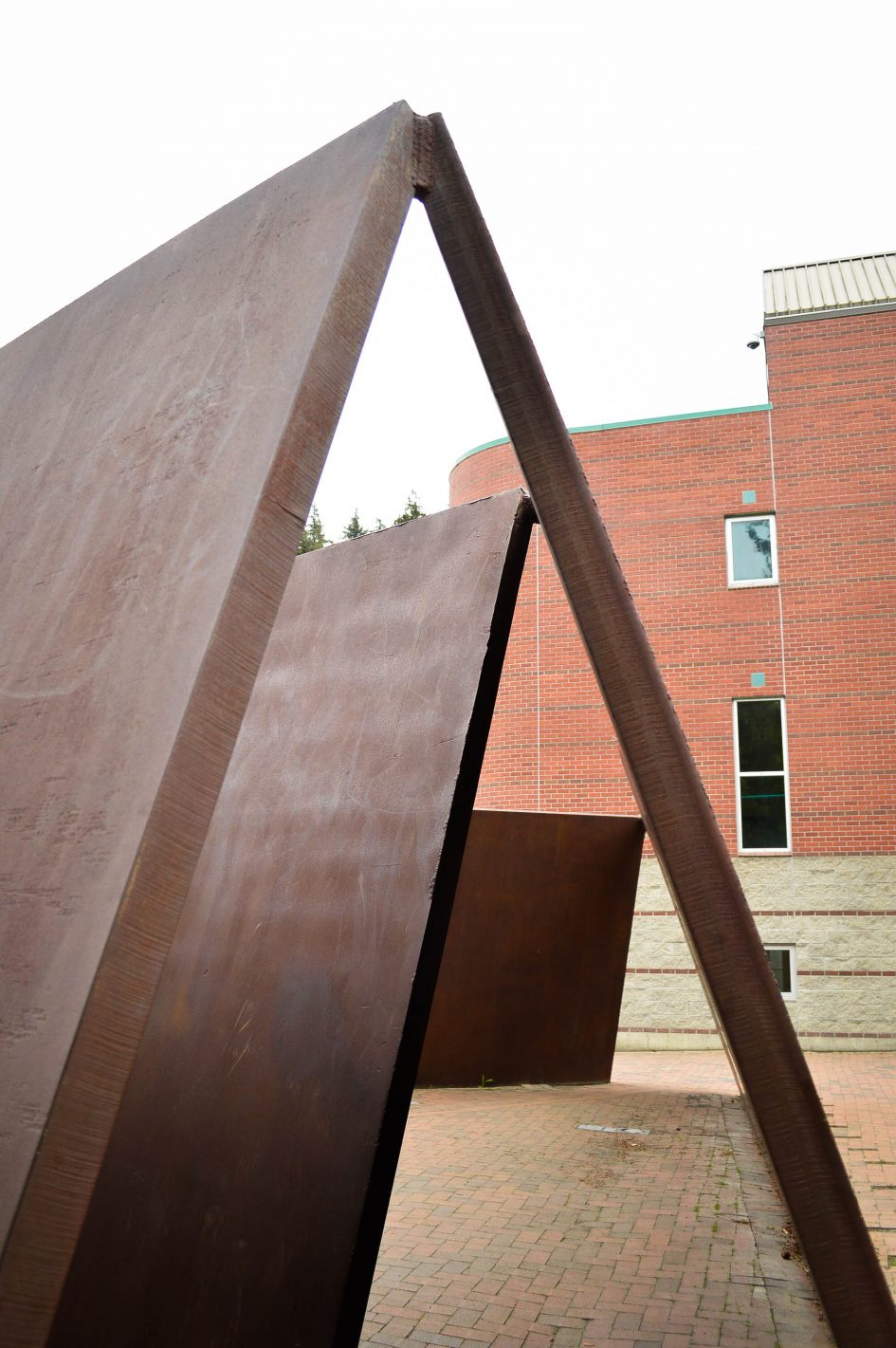
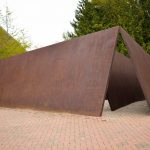
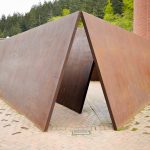

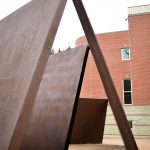
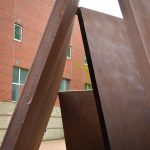


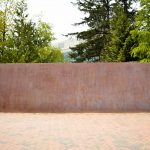
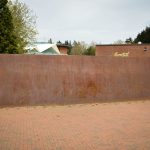


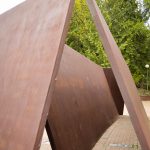
Leave a Reply